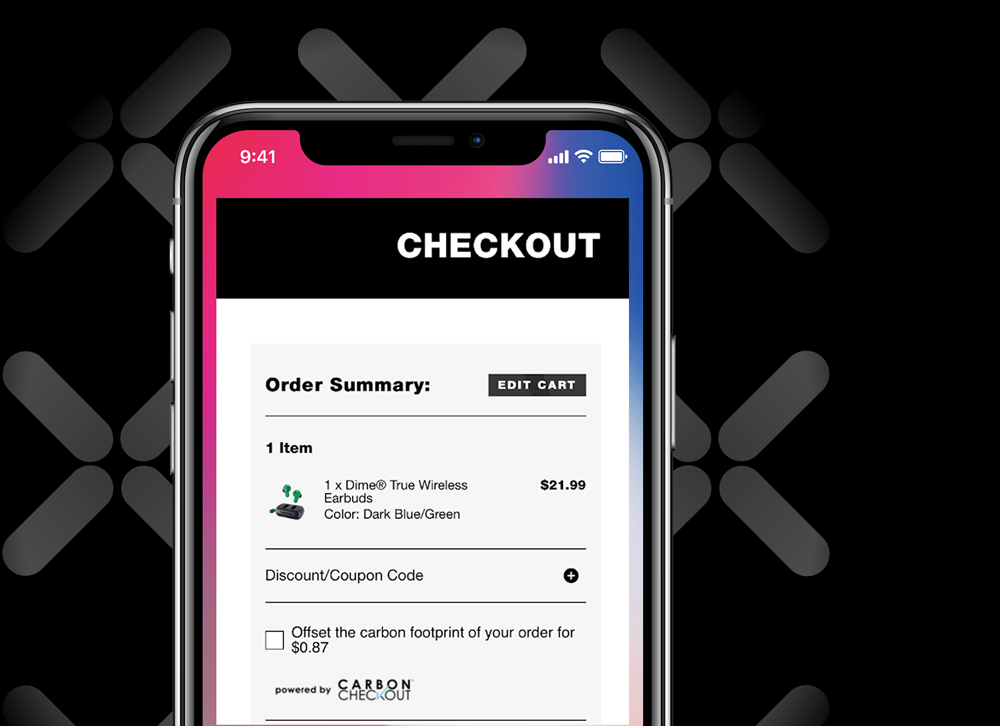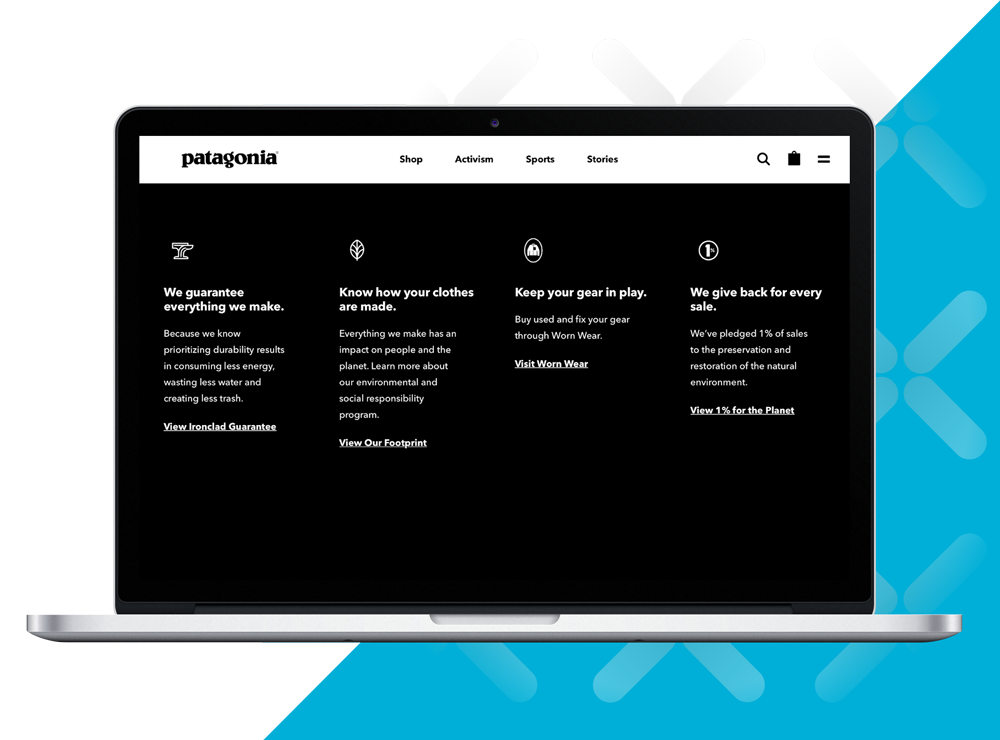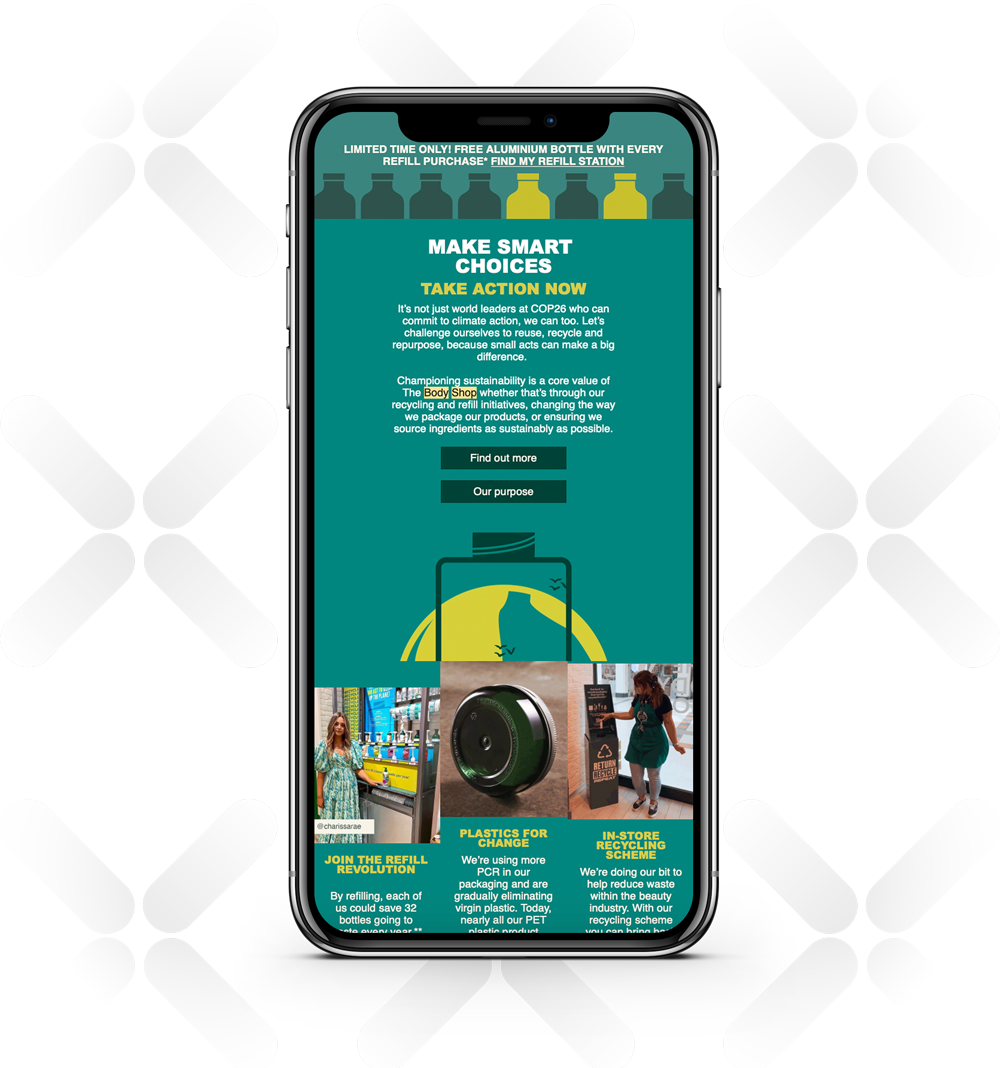CUSTOMER EXPERIENCE

Sustainability

With brands facing a growing sense of urgency around environmental issues, demonstrating sustainable values and operations has become a priority.
Sustainability is becoming an important factor in the customer’s purchase journey
Today, knowledgeable consumers are increasingly able to spot greenwashing, modifying their own behaviors to only purchase from companies that understand the seriousness of the climate crisis and ecological emergency, and who act accordingly. Brands are increasingly taking note of this shift in sentiment. Deloitte's 2022 Global CxO Sustainability Report found 75% of companies are feeling pressure to act on climate change from consumers and clients. With brands facing a growing sense of urgency around environmental issues, demonstrating sustainable values and operations has become a priority. Our green ambitions at Dotdigital reflect a simple truth: we must collectively learn profound respect for Nature if we wish for a prosperous future. We are making changes to our own business to reflect this, but we’re also focusing on the necessary systemic changes that we can influence. We’re proud to be ISO 14001 certified, carbon-neutral, and we’ve also committed to becoming net-zero by 2030, a full 20 years ahead of the timeline set out in the Paris Agreement. We've also planted over 22,000 trees in our burgeoning Dotforest. The environmental impact of ecommerce and related activities is clear — packaging, transport, running of warehouses, disposal of waste, heating and powering offices, choice of supplier, and the broader supply chain of sold goods all have implications in the climate emergency. Customers are wise to the fallacy of individual responsibility and companies need to step up. Brands molded sustainable messaging by communicating powerful values-driven stories through email content. These narratives focused on the company's mission and vision, often foregrounding sustainable and ethical practices that backed up their values with tangible actions.
“Of the products that we received, 87% used recyclable packaging. The US/Americas region led the pack, with 97% of products using recyclable packaging. APAC lagged the average, with 74% of products using packaging that customers could recycle”
Packaging up a bright future
These actions included sustainable packaging, and the statistics here were encouraging. Of the products that we received, 87% used recyclable packaging. The US/Americas region led the pack, with 97% of products using recyclable packaging. APAC lagged the average, with 74% of products using packaging that customers could recycle. Sustainable packaging is about quantity and not just quality, though. The amount of packaging used to send a product is a key differentiator. We found that almost a third (32%) of products shipped used more packaging than necessary for their size. Brands can reinforce their sustainable messaging by putting more thought into efficient packaging that reduces bulk and waste. Smaller product packages have an effect on shipping, as more packages can fit into a smaller space. Brands are beginning to look more closely at shipping as a component of their carbon footprint. We found some, such as SkullCandy, offering carbon-offset delivery options to drive sustainability efforts further up the supply chain. We expect brands to pursue more sustainable delivery and packing options over time as pressure from consumers increases and the industry as a whole focuses more intensely on supply chain sustainability.

We found that almost a third (32%) of products shipped used more packaging than necessary for their size


SkullCandy took sustainability to the next level by working with third-party platform provider Carbon Checkout. It provides a software plug-in that calculates the carbon offset for a shipment and invites customers to add the optional payment to their order.

Patagonia backed its sustainability messaging with a financial commitment, pledging 1% of its sales to sustainable causes. It also offers a store for its used products, encouraging customers to trade in their old Patagonia gear.



The Body Shop responded to the increased environmental awareness around COP26 by reminding consumers of its own measures, including reducing virgin plastic in its packaging, offering an in-store recycling service, and concentrating on refillable containers.
